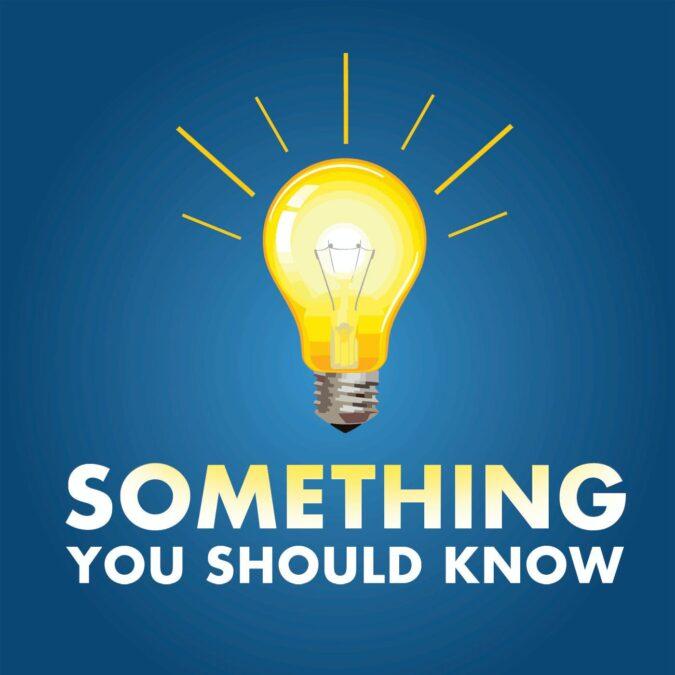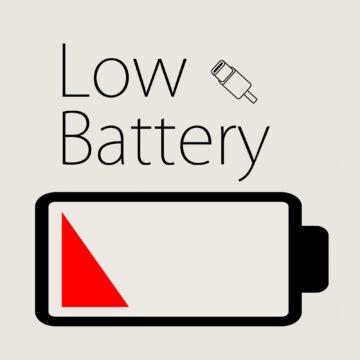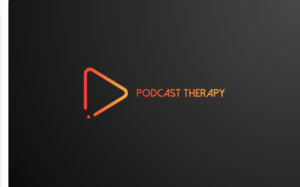If you flip a coin and it comes up heads a couple of times in a row, chances are you would bet the next flip will come up tails. That is the perfect example of the “gambler’s fallacy.” Because the next flip is NOT more likely to come up tails. It gets gamblers in Las Vegas in trouble but it can also get you in trouble if you let it enter in to your decision making process. (http://news.tamhsc.edu/?post=committing-the-gamblers-fallacy-may-be-in-the-cards-new-research-shows)
You instinctively know about body language. When people act a certain way or don’t make eye contact with you – it causes you to make assumptions about them. Plus, how YOU act and carry yourself causes people to make assumptions about you. All this non-verbal communication is fascinating and Tonya Reiman, Fox News, contributor and author of The Yes Factor: Get What You Want. Say What You Mean (http://amzn.to/2Fuh7rp), joins me to offer some insight and advice to help you better use nonverbal communication to your advantage.
If you don’t have time to floss, maybe you should chew some gum. It seems that chewing gum can do a lot for your oral health but you have to chew the right kind of gum and you have to make sure you don’t chew it too long. Listen to hear the explanation. (http://www.medicaldaily.com/oral-health-hack-chewing-gum-removes-100m-bacteria-10-minutes-similar-flossing-319120 )
What you eat turns out to have a lot to do with how well your brain works. Eat the right foods and your cognitive performance increases. East the wrong foods and the opposite occurs. Neuroscientist Dr. Lisa Mosconi, author of the new book Brain Food: The Surprising Science of Eating for Cognitive Power (http://amzn.to/2HqihAA) explains the connection between food (and drink) and your brain and she offers her list of best and worst foods to eat if you want to optimize your brain’s performance.
Learn more about your ad choices. Visit podcastchoices.com/adchoices







